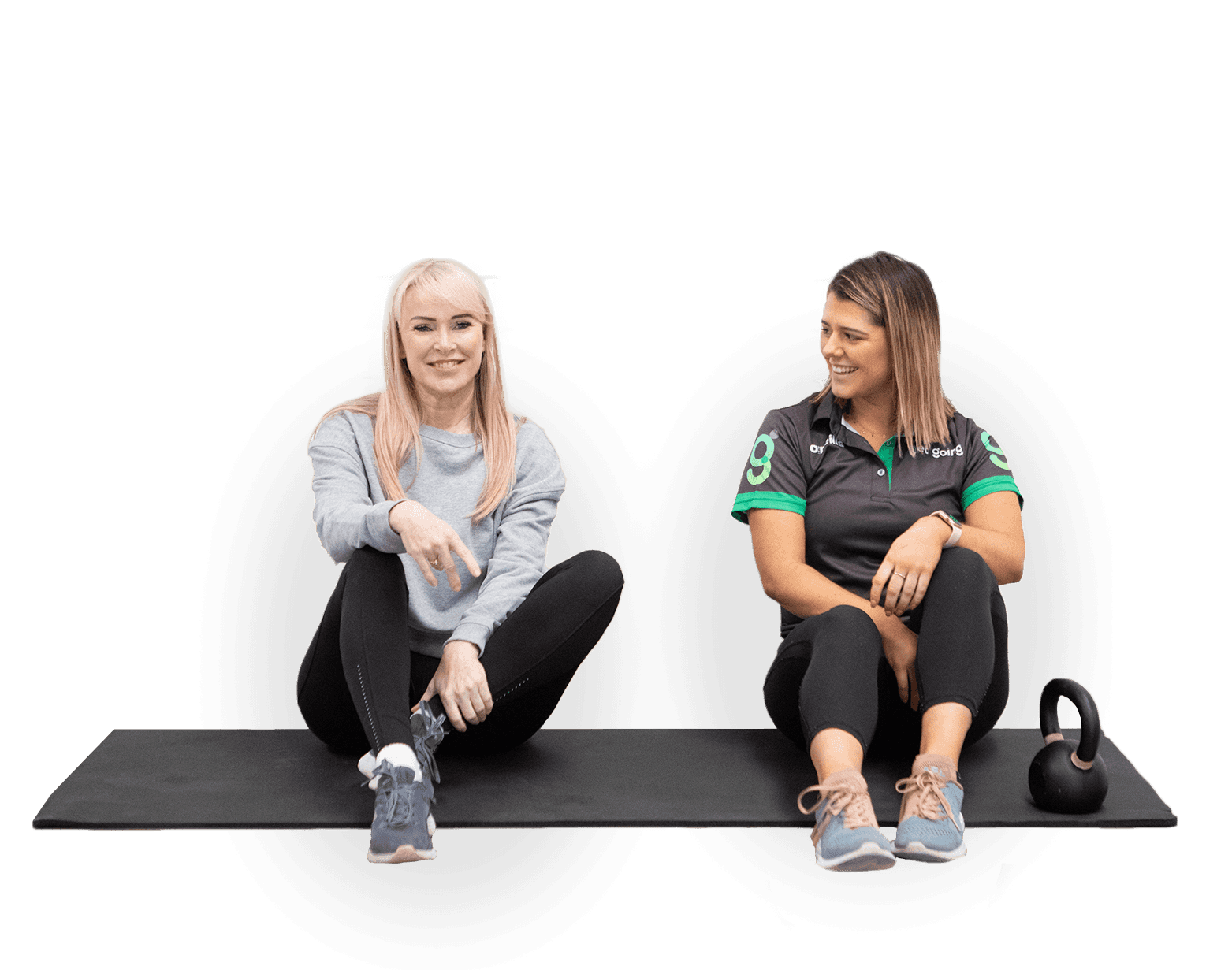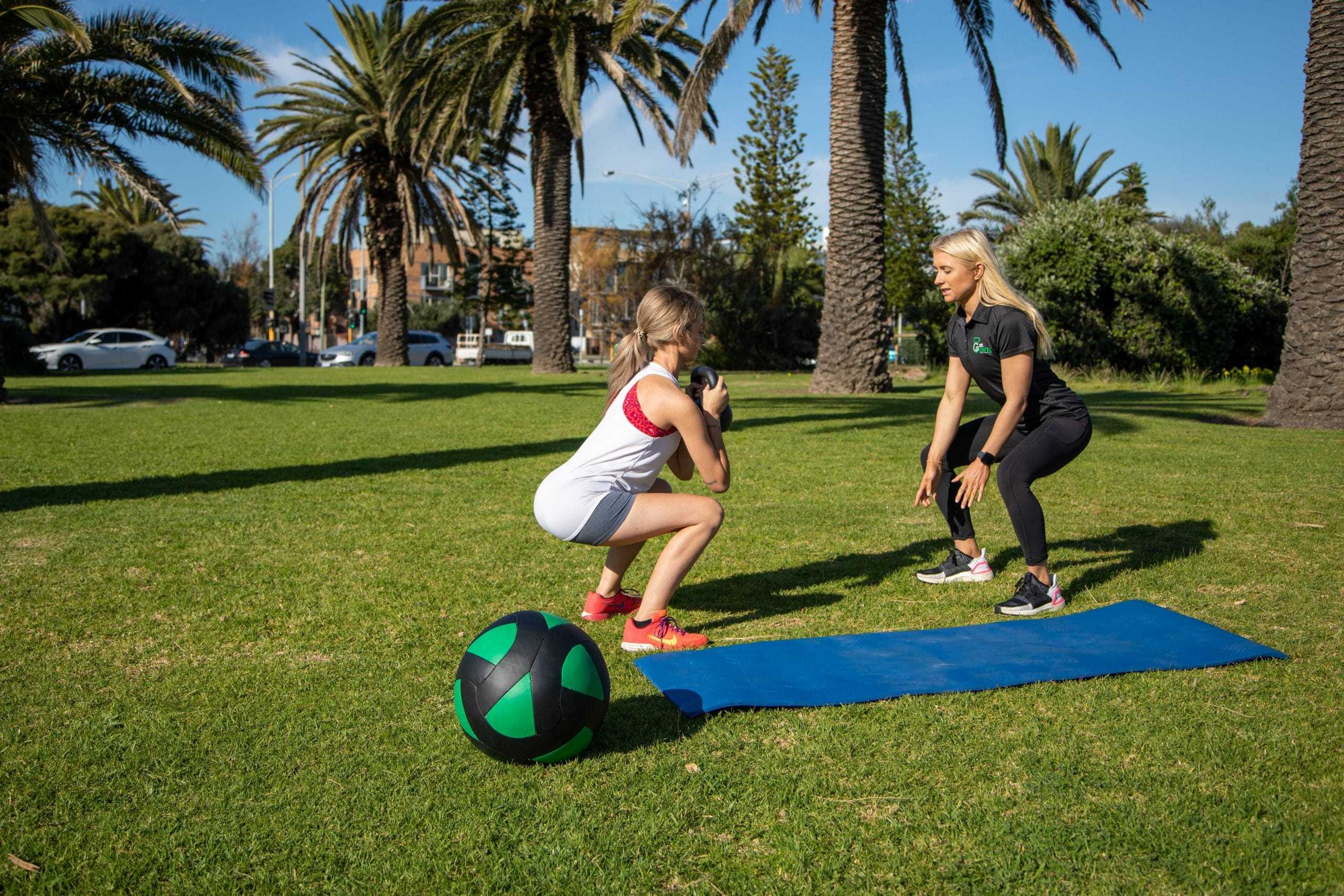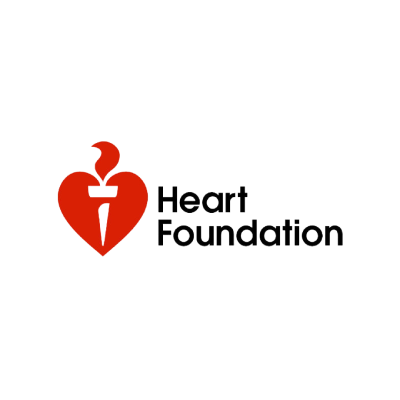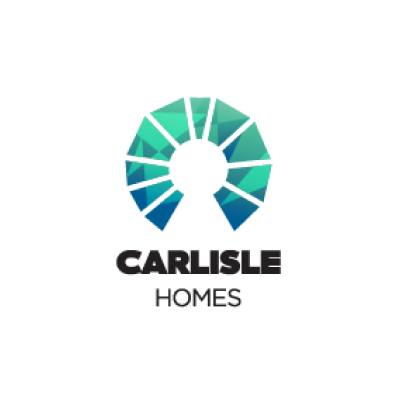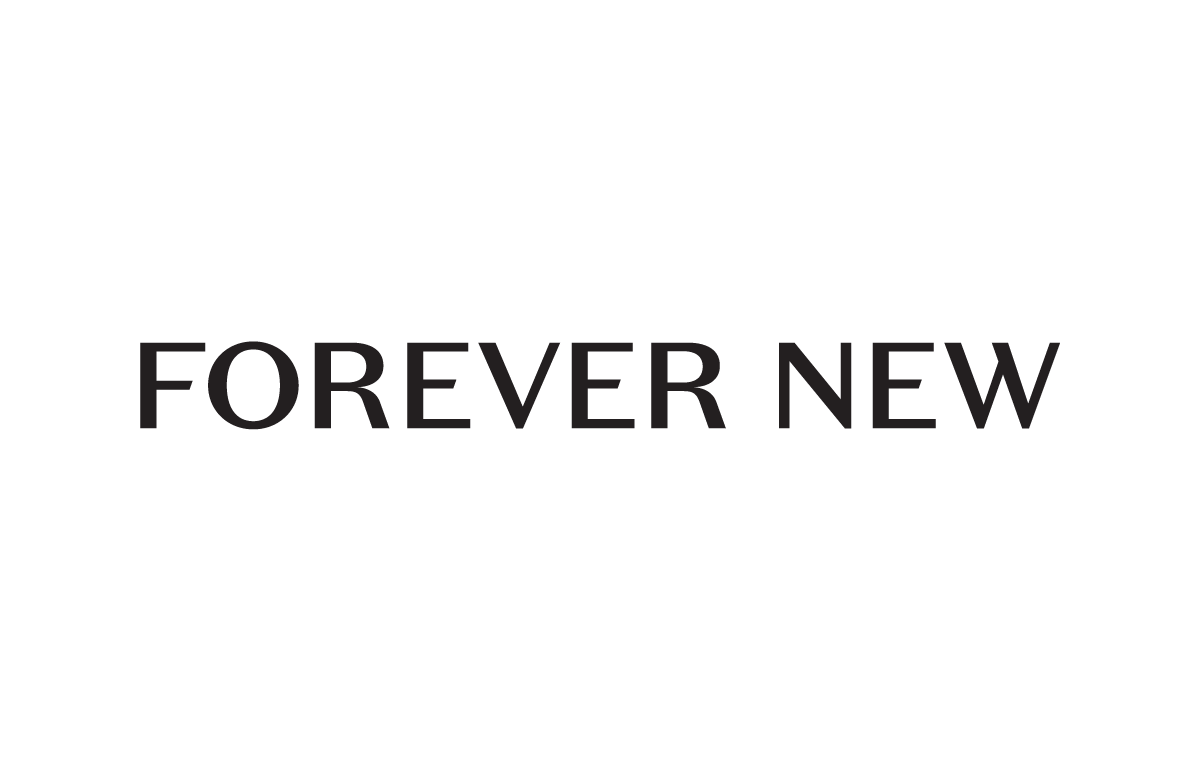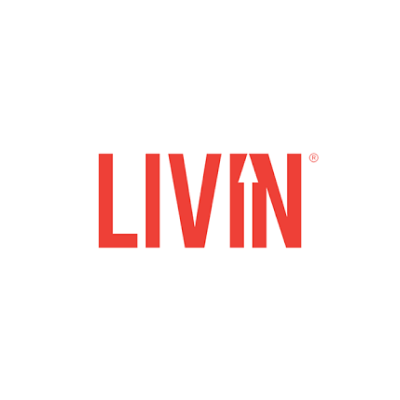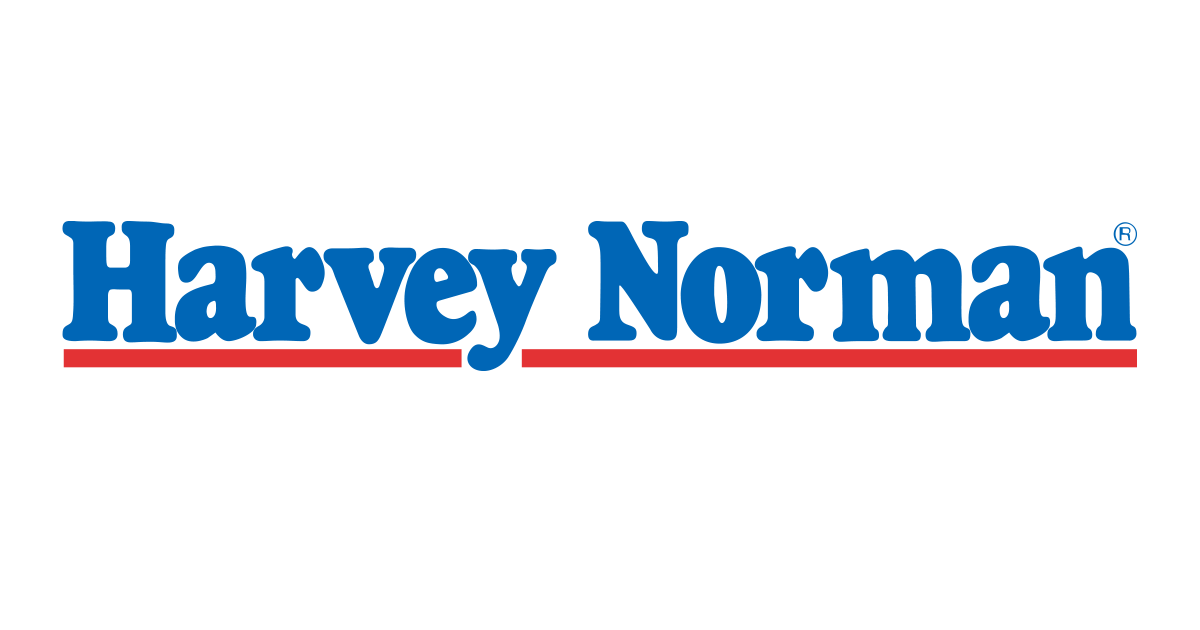Whose exercise is it anyway
Welcome to “Whose Exercise is it Anyway?” The show where all the exercises are made up and the names don’t matter.
[Read Time: 5 Min]
Welcome to “Whose Exercise is it Anyway?”
The show where all the exercises are made up and the names don’t matter.
That’s right, the names are just as useful at telling us what’s going on as German subtitles in a Japanese movie. It could honestly be anything!
Let’s get things started by playing a game called “Where do you feel that SQUAT?”
So, the first question; what muscles do you feel when you do a basic bodyweight squat?
Now, let’s play around with a few more undefined squats, shall we?
Reach your arms up over-head and now try that bodyweight squat, does it feel the same as before?
What if we place a five-centimetre book under both your heels and then squat, what muscles now do more work?
Take a step off the books for a second and notice of where your feet were the entire time.
Let’s try a narrow squat with your feet right under your hips and toes pointed forward, then have a go at a much wider stance squat with your toes pointed out, what’s different?
If you are relatively in tune with your body you will notice that with some variations the muscles on the front of your legs do a little more and with others, the muscles on the back want to do the work.
These are all squats, right?
But then why do you feel slightly different things with each variation? How can that be?
Isn’t a squat just a squat?
Well, yeah kinda… I guess they are all “squats” BUT only because we haven’t set any guidelines on what a squat is compared to any other movement that we can do with our body.
It seems like things can get a little tricky to know what muscles we are developing during our PT sessions when we don’t have any criteria in place, wouldn’t you agree?
How are you supposed to know you are headed in the right direction if keep feeling different things session to session?
Time to problem solve!
To say someone’s technique for squatting is wrong, without actually defining the term “squat” is probably a little off the mark.
There is no such thing as wrong or a bad exercise, nothing is ever inherently wrong or bad, especially without any context or specific criteria about the goals of the intended exercise or any background on the individual that we are doing personal training with!
I like to look at things on a continuum when talking human movement (how our body works), if we can create opposites and pin things on each end, we can then be a little clearer about what might be going on and what muscles are being trained during each lift.
So, let’s first categorise what a pure squat is, and then look at the other end of the continuum to our other lower body movement called a “hip hinge” or to some “deadlift pattern” and place some parameters on that too!
Pure Squat Pattern
– Vertical pelvic displacement (hips go straight up and down, no forward or back movement)
– Vertical Torso (the old chest up cue)
– Angled forward shins (knees tracking over the toes, no this is not dangerous)
Pure Hinge Pattern
– Horizontal pelvic displacement (hips move back and forward, no up or down at all)
– Horizontal Torso (you fold at the hips and end up looking down at the floor)
– Vertical shins (the bottom half of your leg is pointed to the sky, but your thigh is angled backward)
Now that you know what to look for in each variant, how do we achieve them?
I’m pretty lazy when it comes to training people, so if I can find a way to put someone in the position that I want them to be in without actually having to tell them to correct something, I can spend more time talking about my week and all the cool things that go on in my life.
Some people might be able to achieve the angles and positions mentioned above without any help from us or other external influences.
For a pure squat, the best advice I have is to place something (a book or wedge) under the back of your foot and raise your heels so that it feels like you’re wearing the most expensive pair of stilettos imaginable.
Actually, I wouldn’t go past a 45-degree angle at the foot, you can if you want to really flex them legs, but around 30-degrees will do.
The other thing that might help your chest from folding to the floor is to hold a weight up near your chest, and if you are really strong, just reach it slightly away from your body.
For a pure hinge, well… this one is a little more complex and probably worth a whole blog post on its own, so we can leave it for now.
Just a few more important points…
Remember just because these two are at each end of the lower body movement spectrum, that doesn’t mean that they are your only options when deciding exercises, who am I to tell you what to do.
There is nothing wrong with being in the middle, in fact, most people are probably their strongest somewhere in between a squat and a hinge, but you should still make the effort to practice each end at some point in your training journey.
Being able to perform exercises at each end means that you have good variability in your movement.
Movement variability = more options, a wide variety of strategies.
In the same way that you don’t want to be limited to owning one dress shirt. What happens if you have a 90’s themed party? A wedding? A 21st? 50th? A hot date? Do you just keep wearing the same shirt? You want options, give your body options.
The grand finale.
To summarise this somewhat confusing piece in a few short sentences:
Names are useless, and exercises should be categorised off criteria instead.
Squatting and hinging are different, but you can also do them at the same time if you please.
“Who’s Line is it Anyway?” Is one of the greatest shows of all time.
Having options is good, buy a few more shirts, Mark, you looked like an idiot at Grans 90th in that Hawaiian outfit.
Let us help you find a personal trainer near you. Contact us today!
